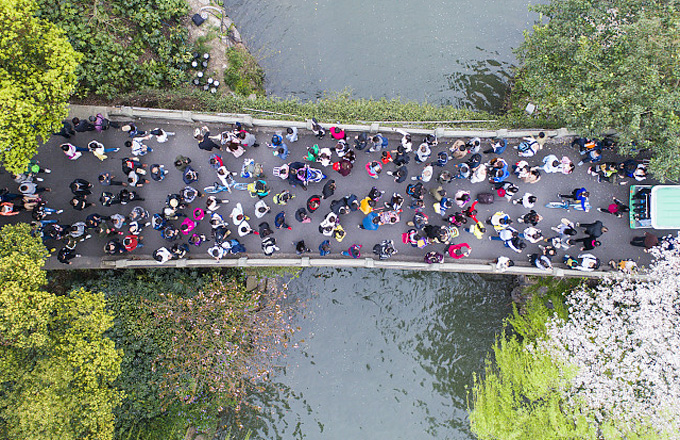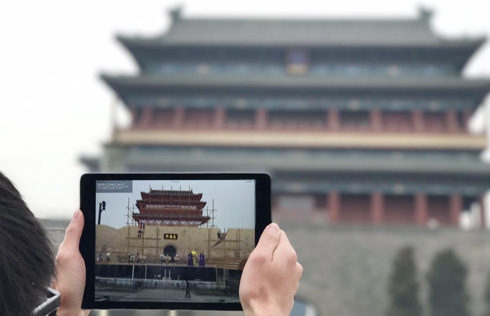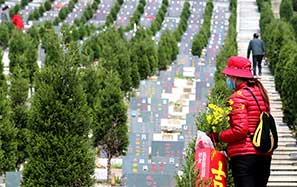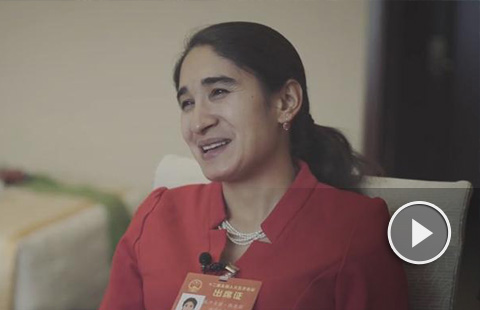China aims high in building landmark Xiongan New Area
BEIJING - China will set a high standard in building the Xiongan New Area, a landmark new economic zone near Beijing designed to integrate the capital with its surrounding areas.
China will speed up the drafting of plans for building the new area, said He Lifeng, head of the National Development and Reform Commission (NDRC), highlighting "international standards," "Chinese characteristics," "reform" and "innovation" as key words in making the plan.
Speaking to Xinhua after the country announced it would set up the new area on Saturday, He called for pooling talent from China and other countries and drawing on international experience to build the area.
A circular issued by the Communist Party of China (CPC) Central Committee and the State Council described the move as a "major historic and strategic choice" that would be "crucial for the millennium to come."
City planning for the Xiongan New Area must reach the standard of a first-class international city, and architecture there should fully embody elements of Chinese culture, He said in the interview.
Located some 100 kilometers southwest of downtown Beijing, the new area is home to Baiyangdian, one of the largest freshwater wetlands in north China. With more than 140 lakes and covering 360 square kilometers, the wetland is known as the "pearl" of the North China Plain.
A specific plan for pollution control and environmental protection of Baiyangdian will be drafted as part of the blueprint, said He.
The decision to establish the new area is part of a greater strategy, which China initiated in 2014, to jointly develop Beijing, the port city of Tianjin and Hebei to improve the region's economic structure, environment and public services, and bridge the gap between the capital and the industrial and rural areas surrounding it.
Beijing, home to over 21 million people, is trying to curb population growth and relocate industries and other "non-capital functions" to Hebei in the coming years as part of its efforts to cure severe "urban ills."
Beijing's growing population, which is approaching the target of 23 million for 2020, has resulted in traffic congestion, soaring property prices and excessive burden on resources, said the NDRC head.
Establishing the Xiongan New Area is "a very important integral part" of measures to transfer non-capital functions out of Beijing, said He.
Beijing will focus on its "capital functions," serving as the country's political center, cultural center, and center for international exchanges and science and technological innovation, according to previous plans.
A number of wholesale markets in the city's central areas have been shut down or relocated, and some of Beijing's city administration will be moved out of the city center to the southeastern suburbs in Tongzhou, which is called Beijing's "subsidiary administrative center."
Innovation will be the fundamental driver in building and developing the Xiongan New Area, and policies will be put in place to bring innovative elements to the area, said He.
The new area will create a favorable environment for innovation and attract innovative talent and teams to help build it into a "high ground" for innovation and a new science and technology city, the official said.
The NDRC chief pointed to reform as a key to development, saying that new administrative, investment and financing models will be tried in the new area.
A long-term and stable funding mechanism will be put in place, and private funds will be encouraged to participate in building the new area, He added.
The central government is also mulling specific support policies and will provide policy and funding support for the new area's major projects in transportation, ecology, water conservation, energy and public services, said the NDRC head.
The New Area will span three counties that sit at the center of the triangular area formed by Beijing, Tianjin, and Hebei's provincial capital Shijiazhuang. It will initially occupy 100 square kilometers and eventually cover 2,000 square kilometers.
The new area will be of the same national significance as the Shenzhen Special Economic Zone, established in the 1980s, and the Shanghai Pudong New Area, set up in the 1990s, said the circular on Saturday.
Shenzhen has grown from a fishing village into a bustling cosmopolitan city, while Pudong has turned from a wetland into China's financial hub.
In the interview, the NDRC head didn't give a timetable for the building of the new area.





















